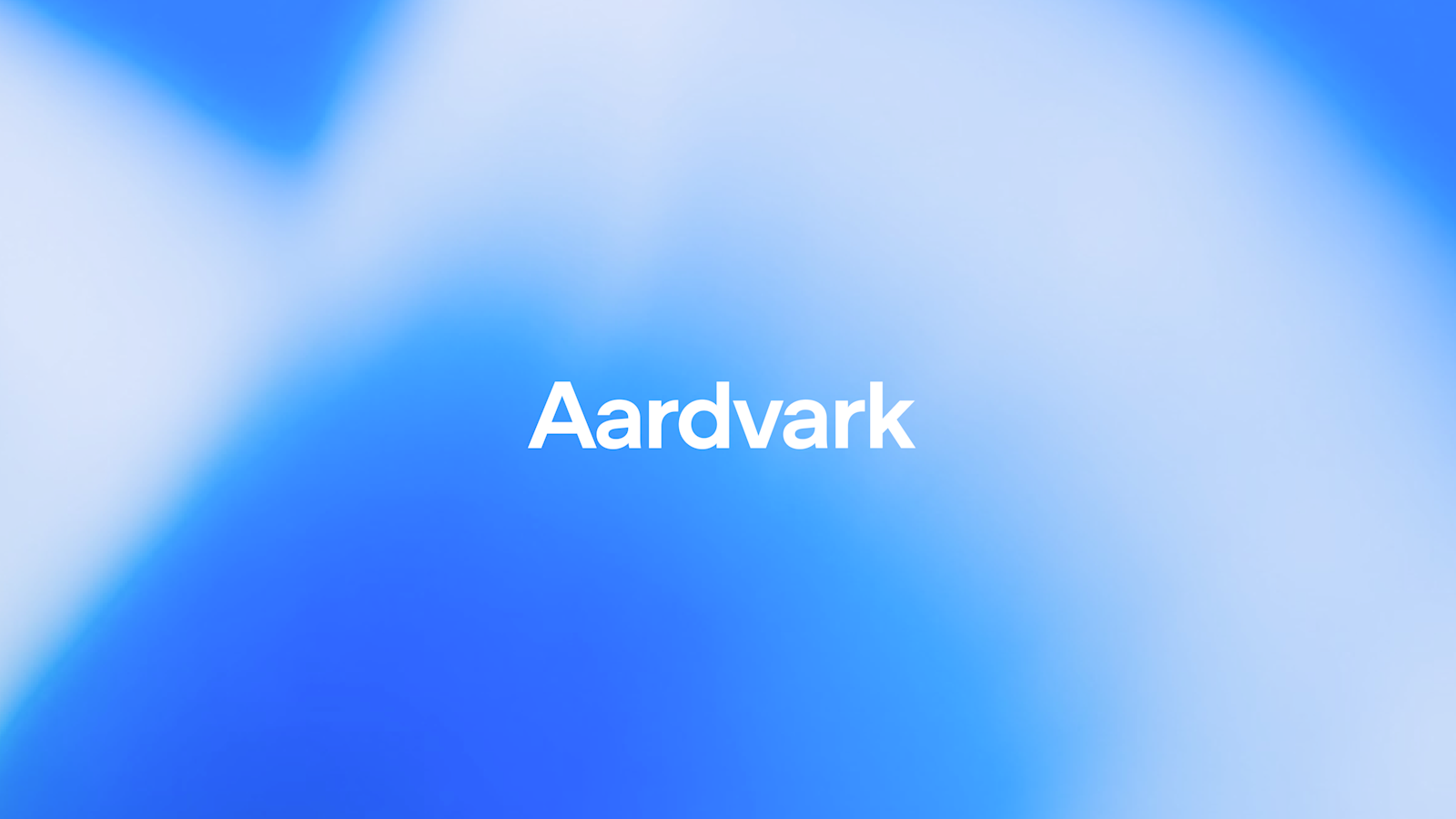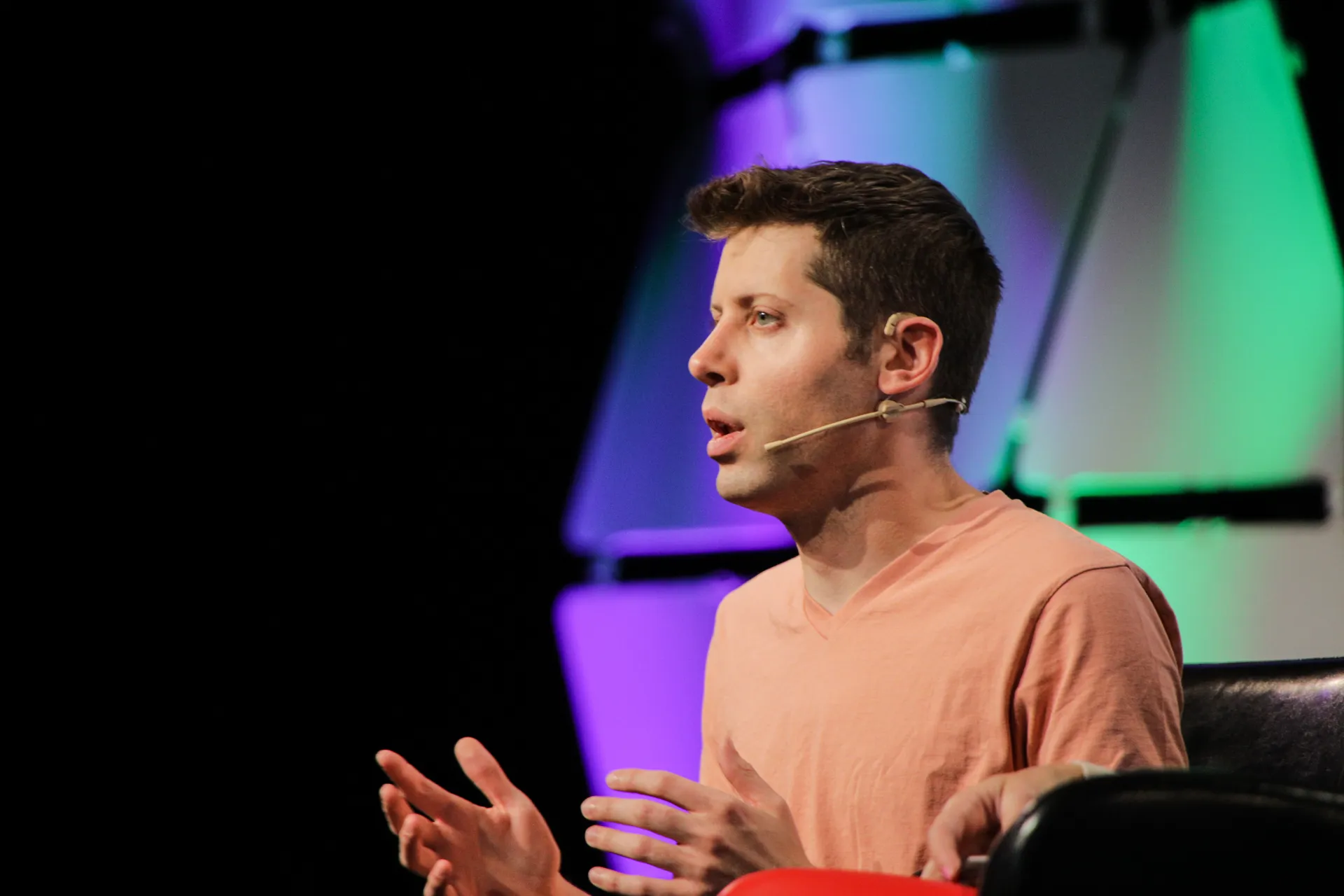As global codebases balloon in complexity and vulnerabilities continue to multiply, OpenAI has taken a bold step with the release of Aardvark, a groundbreaking agentic security researcher powered by GPT‑5. This agent operates autonomously to identify, validate, and even propose fixes for software vulnerabilities across code repositories—offering what could become a paradigm shift in how developers defend their infrastructure.
Now in private beta, Aardvark signals OpenAI’s entry into a domain traditionally dominated by static analysis tools and manual penetration testing. Unlike those traditional systems, this AI agent brings human‑like reasoning, deep contextual understanding, and the power of a language model fine‑tuned for coding.
From AI Assistant to AI Researcher: What Sets Aardvark Apart
Aardvark isn’t just another AI integration or plugin—it embodies a larger shift toward agentic AI. Instead of waiting for queries or instructions, Aardvark proactively engages with codebases as if it were a team member whose job is to safeguard the code.
Here’s what makes it revolutionary:
- Persistent Threat Modeling: Aardvark doesn’t just scan for known signatures. It builds a model of how a codebase works, what security boundaries it implies, and where those could be breached.
- Commit-Level Monitoring: With every new code commit, Aardvark reassesses potential vulnerabilities in light of the overall architecture. This real-time vigilance mirrors the habits of elite security researchers—now automated.
- Autonomous Exploit Validation: Most tools stop at detection. Aardvark goes further by attempting to exploit vulnerabilities in a sandbox to confirm if they are actually dangerous—substantially reducing false positives.
- Automated Remediation: Through Codex (OpenAI’s AI coding agent), Aardvark can suggest and sometimes fully generate patches for the identified issues, streamlining the developer’s job.
- Human-in-the-Loop Assurance: Suggested fixes are presented via pull requests or inline comments, allowing security teams to review and accept or reject them.
OpenAI’s framing of Aardvark as a “defender-first” model indicates its design prioritizes proactive prevention rather than reactive defense.
The Workflow: How Aardvark Embeds Itself in Your Development Pipeline
- Initial Integration: Once connected to a GitHub Cloud repository, Aardvark conducts a full scan of the codebase, historical commits, and architectural features.
- Threat Modeling: Using LLM reasoning, it determines what the system is trying to do—and what could go wrong. It identifies potential attack surfaces based on inferred intent.
- Continuous Analysis: Every subsequent commit is scanned not just for syntax but for semantics. A new function that mishandles inputs? A change that weakens encryption? Aardvark sees it.
- Validation Sandbox: If it finds a weakness, it attempts to exploit it—privately, safely, and in a controlled environment—ensuring triage is based on real danger, not just suspicion.
- Patch Generation: Leveraging Codex’s programming skills, Aardvark drafts a patch, which is submitted for human approval—aligning with secure development lifecycle practices.
Real-World Impact: Results from Aardvark’s Early Testing
In internal OpenAI deployments and selected external partners, Aardvark has already demonstrated powerful capabilities:
- 92% detection rate in benchmark tests across “golden” repositories with planted vulnerabilities.
- 10+ validated CVEs discovered in public open-source projects, responsibly disclosed and patched.
- Historical audit success: Aardvark successfully uncovered issues in long‑standing codebases that had passed multiple human reviews—highlighting its potential as a retrospective auditing tool.
Notably, OpenAI has committed to offering pro-bono scanning for high-impact open-source projects, positioning Aardvark not just as a product but a tool for the public good.
Why Aardvark Could Redefine Security Engineering
1. Bridging the Talent Gap
The cybersecurity workforce is under immense pressure—with a global shortfall of millions of skilled professionals. Aardvark could serve as a force multiplier, performing the repetitive and context-heavy analysis that slows down human teams.
2. Raising the Bar on Automation
Security tools are often overly simplistic or rely on signature-based detection. Aardvark, through natural language understanding and abstract reasoning, can catch logic bugs, race conditions, and subtle misuse of APIs—areas where current scanners fail.
3. Defending the Supply Chain
Modern software stacks rely on thousands of open-source dependencies. Aardvark can traverse these layers and flag issues before they cascade into catastrophic breaches. The SolarWinds and Log4j incidents exemplify what happens when this layer is neglected.
Challenges and Risks Ahead
Limited Availability
For now, Aardvark is confined to a small circle of users via OpenAI’s private beta. Access is restricted to GitHub Cloud users willing to share telemetry and feedback.
False Positives & Missed Bugs
Despite a strong detection rate, it remains to be seen how Aardvark performs in chaotic, multilingual enterprise environments. Will it miss obscure zero-days or over-flag harmless code?
Trust & Oversight
Even validated patches need scrutiny. Will developers trust an AI to change production code? What happens if Aardvark suggests an insecure or breaking fix?
Governance & Abuse
Aardvark’s power to scan and analyze any code it’s pointed to could be misused. How will OpenAI prevent this tool from being repurposed for offensive hacking?
Proprietary Code & Data Privacy
OpenAI asserts that Aardvark will not use scanned code to train models—but legal, privacy, and IP implications of letting an AI agent analyze proprietary code will remain a sticking point for many companies.
The Bigger Picture: Agentic AI in Security
Aardvark is OpenAI’s most prominent example of an agentic AI system—an autonomous AI that reasons, acts, and interacts with real-world systems. This trend is accelerating across industries, from AI project managers to AI customer service agents.
In security, this represents a watershed. Until now, AI in cybersecurity was relegated to anomaly detection or heuristic analysis. With Aardvark, we are seeing the emergence of autonomous AI as a cyberdefender—not just a tool, but a teammate.
This also raises policy questions: How do we audit and supervise an agent that modifies live infrastructure? What guardrails ensure its actions remain aligned with organisational and ethical goals?
Final Thoughts: Hype or Transformation?
Aardvark arrives at a pivotal moment in software development. With the rate of vulnerabilities increasing and the cost of breaches soaring, security automation isn’t optional—it’s inevitable.
OpenAI’s Aardvark could become a core part of modern secure development lifecycles—provided it proves scalable, reliable, and safe. Whether it replaces or merely augments security teams remains to be seen. But make no mistake: this is the beginning of a new era where AI doesn’t just assist but actively defends.
As more organisations get access, the industry will be watching closely to see whether Aardvark delivers on its ambitious promise—or becomes just another tool in an already crowded security toolbox.





